Table of Contents
In what many are calling a hopeful shift, the United States and China recently announced plans to roll back some of the tariffs that have defined their years-long trade war. The move, born from tense negotiations in Geneva, hints at a potential thaw in relations. However, while this development may calm markets temporarily, it doesn’t mark a full strategic victory—nor does it solve the deeper issues that have long defined the U.S.-China rivalry.
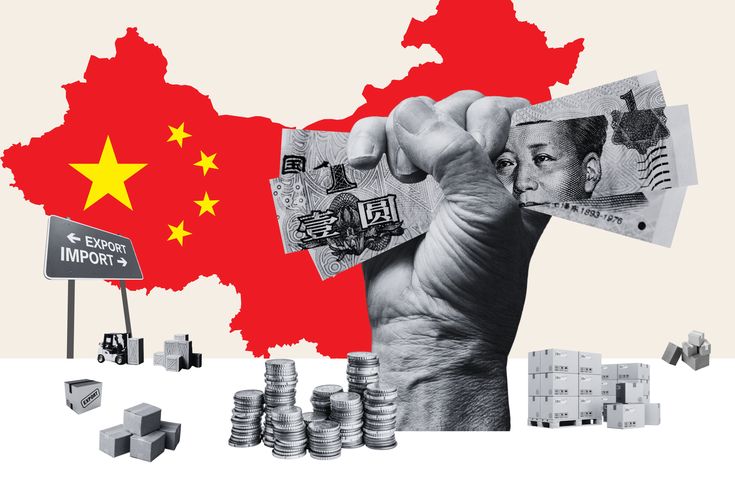
The Real Battle: Technology and Economic Sovereignty
At the heart of U.S.-China tensions lies more than trade imbalances—it’s a fierce competition for economic and technological dominance. The rollback of tariffs, though symbolically significant, is only a surface-level change. True progress will depend on how both nations navigate sensitive issues like intellectual property rights, supply chain resilience, cybersecurity, and standards for emerging technologies.
The Geneva talks provide a starting point, not a resolution. If the United States wants to reclaim its leadership role, it must pivot from tariff-based pressure to a more future-focused agenda centered on innovation, strategic alliances, and infrastructure.
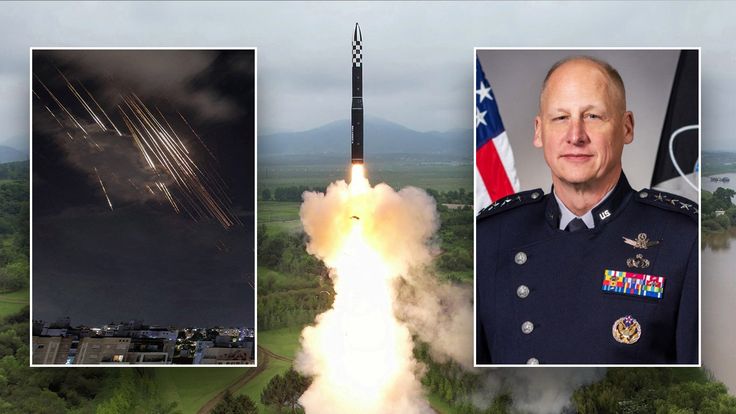
Four U.S. Approaches—and a Warning
Right now, the United States appears uncertain about its next steps. President Trump has floated a “mega deal” approach with China, aiming to reset the entire economic relationship. Meanwhile, the Treasury Secretary’s “encirclement strategy” hopes to align U.S. allies into a united front. Others within the administration suggest a multilateral currency pact reminiscent of the 1985 Plaza Accord. But without clarity and consistency, the U.S. risks falling into a fourth and far more dangerous path: strategic drift.
In this worst-case scenario, the U.S. focuses on smaller bilateral deals—like with the U.K. or India—while China strengthens its position in Asia and beyond. The outcome? Washington would isolate itself just when the global order is shifting.

Tariffs Are Hurting—Not Helping
The cost of high tariffs has already begun to show. U.S. freight orders from China have plummeted by over 60%, and major ports are facing possible credit downgrades. Domestic industries like trucking and retail are feeling the squeeze, with rising prices now forcing the average American household to spend an extra $3,800 a year. That’s more than an inconvenience—it’s a hidden tax on working families.
Meanwhile, financial markets have reacted with growing unease. Sharp equity losses, rising bond yields, and a weakening dollar suggest global investors are seeking safer, more stable options. These are not just market blips—they’re signs that confidence in the U.S. economy may be eroding.
What America Needs Now: A Technology-First Playbook
To truly reset its economic standing, the U.S. must move beyond protectionism and embrace a smarter, tech-driven growth model. Rather than obsessing over trade deficits, the focus should be on securing dominance in strategic sectors—especially digital infrastructure, clean energy, semiconductors, and biotechnology.
Here’s how the U.S. can begin this transition:
- Redefine Trade Strategy: Transform the current America First approach into a “Trade and Technology” policy. This would align federal agencies toward ensuring access to critical minerals, securing global tech supply chains, and opening international markets for U.S. exports.
- Modernize the Energy Grid: Focus on rapid energy deployment—including nuclear and renewables—to power next-generation industries. Access to fast, reliable electricity is now as important as access to capital.
- Reignite National Innovation: Reinvest in scientific research through competitions, funding challenges, and support for university-led innovation hubs. Public and private partnerships should be encouraged to accelerate progress in frontier technologies.
- Fund the Future: Structure any proposed U.S. Sovereign Investment Fund to prioritize advanced technologies. This includes providing capital for research, commercialization, and infrastructure that supports nationwide adoption of innovations.
- Invest in People and Skills: Launch a national workforce plan focused on mid-sized businesses and talent development. Immigration reform and technical education will be essential to meet the growing demand for high-skill labor.
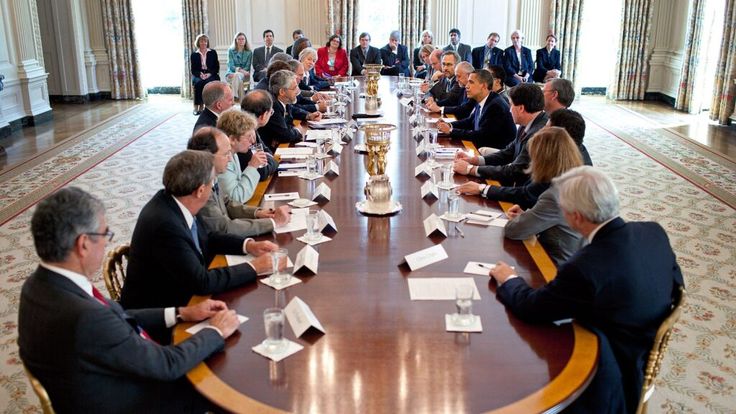
Final Thought: Don’t Let a Trade Deal Become a Missed Opportunity
China is no longer the vulnerable manufacturing giant of two decades ago. It’s advancing in sectors the U.S. once led. If America wants to remain a global leader, the answer isn’t more tariffs—it’s a smart strategy, strategic investment, and a clear vision for a modern economy.
Rolling back tariffs may ease short-term pain. But without a bold, unified push toward long-term technology leadership, the U.S. risks ceding ground not just in Asia but across the entire global economy.
Stay Informed. Stay Ahead.
For more insights on global trade, international strategy, and emerging tech policies, keep following WorldAffair.org.
Author Profile

- Li Li, associate professor and master’s supervisor at Southwest University. B.A. in English for Education from Southwest Normal University, M.A. in English Translation and Interpretation from China Foreign Affairs University, Ph. D. in Japanese Cultural History from Nankai University (all above are in China). Also has studied at Osaka Sangyo University and Kokugakuin University in Japan and been a Fulbright visiting scholar to Western Kentucky University in US. A multidisciplinary and versatile instructor with a trilingual mastery of Chinese, English and Japanese, known for Combining foreign language teaching with history and humanity cultivation. Academic researches center on Japanese history, international relations and Western culture studies. Work experiences include teaching at Capital Normal University, Chongqing Normal University, and Southwest University. Has published multiple academic papers, translated works, authored or co-edited several textbooks and monographs; provided language services for several high-level and high-profile international events.
Latest entries
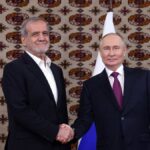 GeopoliticsAugust 22, 2025The Limits of Russia’s Friendship: Moscow’s Calculated Response to the Iran Crisis
GeopoliticsAugust 22, 2025The Limits of Russia’s Friendship: Moscow’s Calculated Response to the Iran Crisis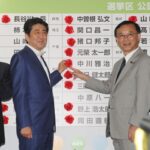 Japanese PoliticsJuly 22, 2025Japan’s Upper House Election: Prolonged Instability and Its Impact on Domestic and Foreign Policy
Japanese PoliticsJuly 22, 2025Japan’s Upper House Election: Prolonged Instability and Its Impact on Domestic and Foreign Policy Middle East AffairsJuly 20, 2025Will Israel Ever Face Consequences for Bombing Its Neighbours?
Middle East AffairsJuly 20, 2025Will Israel Ever Face Consequences for Bombing Its Neighbours? Energy & ClimateJuly 13, 2025Iran Conflict: Four Lessons Learned for the Oil Market
Energy & ClimateJuly 13, 2025Iran Conflict: Four Lessons Learned for the Oil Market



2 comments
The escalating tensions between the U.S. and China seem to be more than just a trade war; it’s a battle for global supremacy in technology and economics. While tariff reductions might seem like progress, they don’t address deeper issues like intellectual property, cybersecurity, or supply chain security. The U.S. appears indecisive, with conflicting strategies like Trump’s “mega deal” and the Treasury’s “encirclement strategy.” Meanwhile, the cost of tariffs is hitting American families hard, with rising prices and economic uncertainty. Financial markets are also signaling a lack of confidence in the U.S. economy, which is concerning. The focus should shift from protectionism to innovation, especially in sectors like digital infrastructure, clean energy, and biotechnology. But how can the U.S. effectively outpace China in these areas without falling into strategic drift? Isn’t it time for a more unified and forward-thinking approach?
Another amazing post! Your way with words makes even complex topics so easy to understand. Love your work! 💫